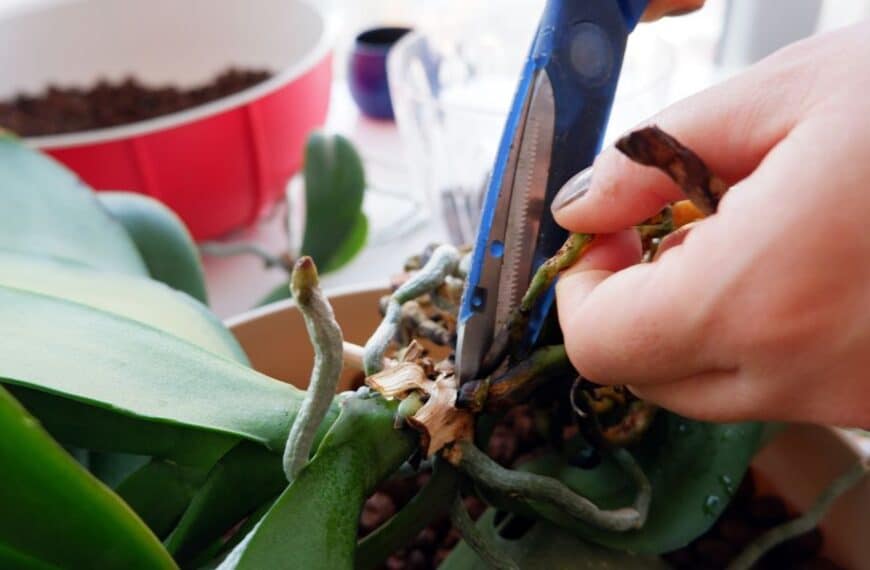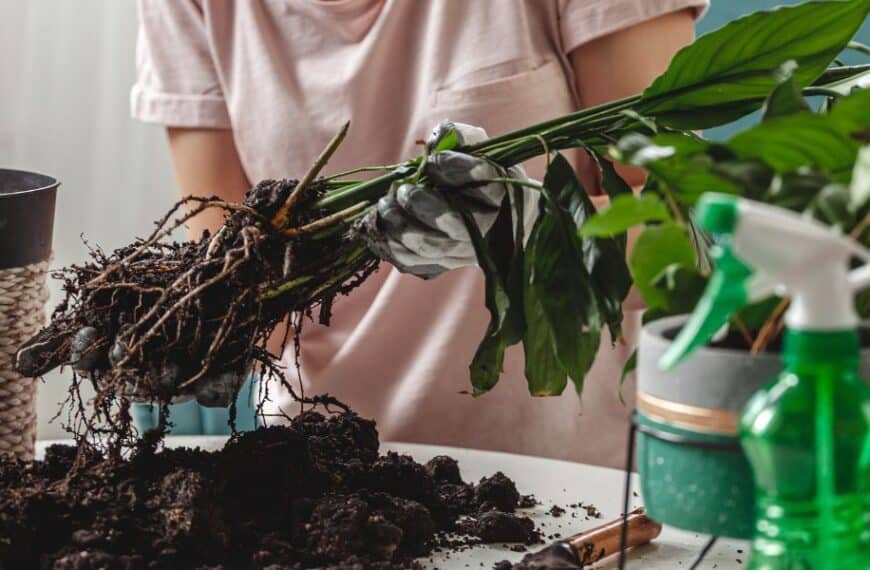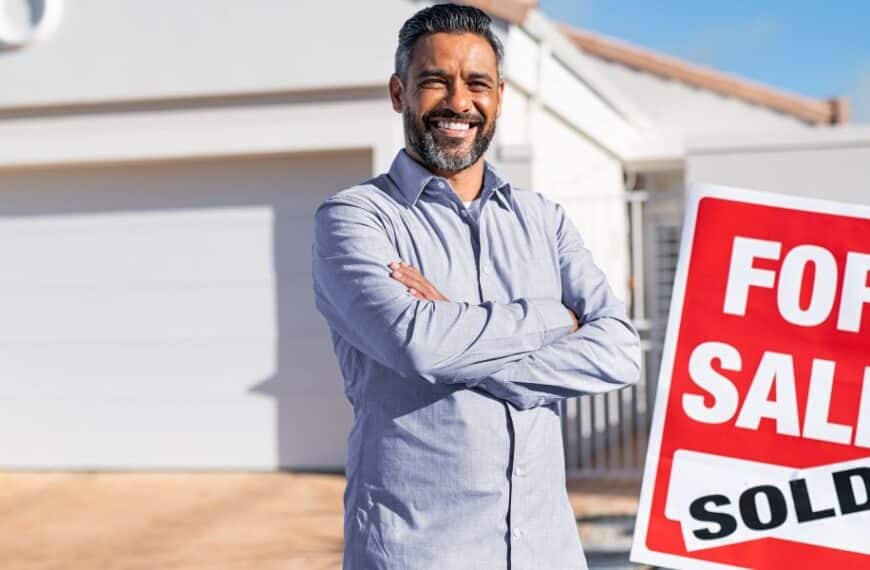Content
Discover the secret to a lush, thriving indoor garden: mastering the art of watering! It’s a delicate balance, as every houseplant has unique hydration needs and both too little and too much water can lead to your leafy friend’s decline.
However, fear not, as we’re here to help you crack the code.
With this article, you’ll be well-equipped to ensure your plants thrive. So, roll up your sleeves, grab your watering can, and let’s dive in!
Understanding your houseplant’s water needs
Every houseplant has its own unique water requirements, and it can take some trial and error to determine what these are.
However, there are some general signs that can help you identify whether your plant is getting too much or too little water.
Over-watering and under-watering can both lead to a plant’s decline, but if you know what to look out for, you can help your plant thrive.
Signs of over-watering
One of the most common signs of over-watering is yellowing leaves. If the leaves of your plant are turning yellow, this could be a sign that it’s getting too much water.
Another sign is if the leaves become soft and mushy. In some cases, over-watered plants may also develop root rot, which is a fungal disease that can eventually kill the plant.
Signs of under-watering
On the other hand, under-watering can also lead to some noticeable symptoms. If your plant’s leaves are dry, brittle, or brown, it might not be getting enough water.
Also, if the leaves are wilting or the soil is dry to touch, these are clear signs of under-watering.
Checking the soil
A good way to determine whether your plant needs more water or less is to check the soil. This can be done by sticking your finger about an inch into the soil.
If it’s dry, it’s time to water. If it’s wet or soggy, you might be over-watering.
Understanding different houselant needs
It’s essential to understand that different plants have different water requirements. For example, succulents and cacti need much less water than tropical plants like ferns or peace lilies.
When you purchase a new plant, do some research on its specific water needs.
Over-watering vs. under-watering: an example
Let’s take the example of a snake plant. This plant is known for its hardiness and can survive under different conditions. However, it’s more tolerant of under-watering than over-watering.
If you water it too much, its leaves will become yellow and mushy. On the other hand, if it’s under-watered, the leaves may wrinkle or curl. So, by observing these signs, you can adjust your watering accordingly.
Have you found this article on how to identify if your plants are over- or under-watered helpful? We hope it will make your plant care routine easier and more effective.
Please feel free to share it on your social media to help other plant lovers.








